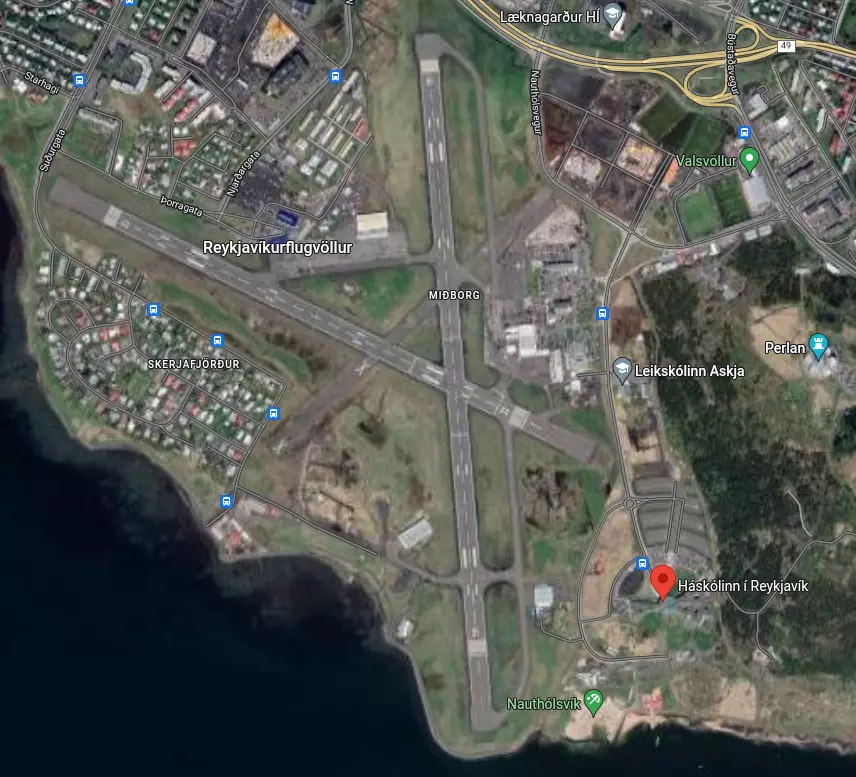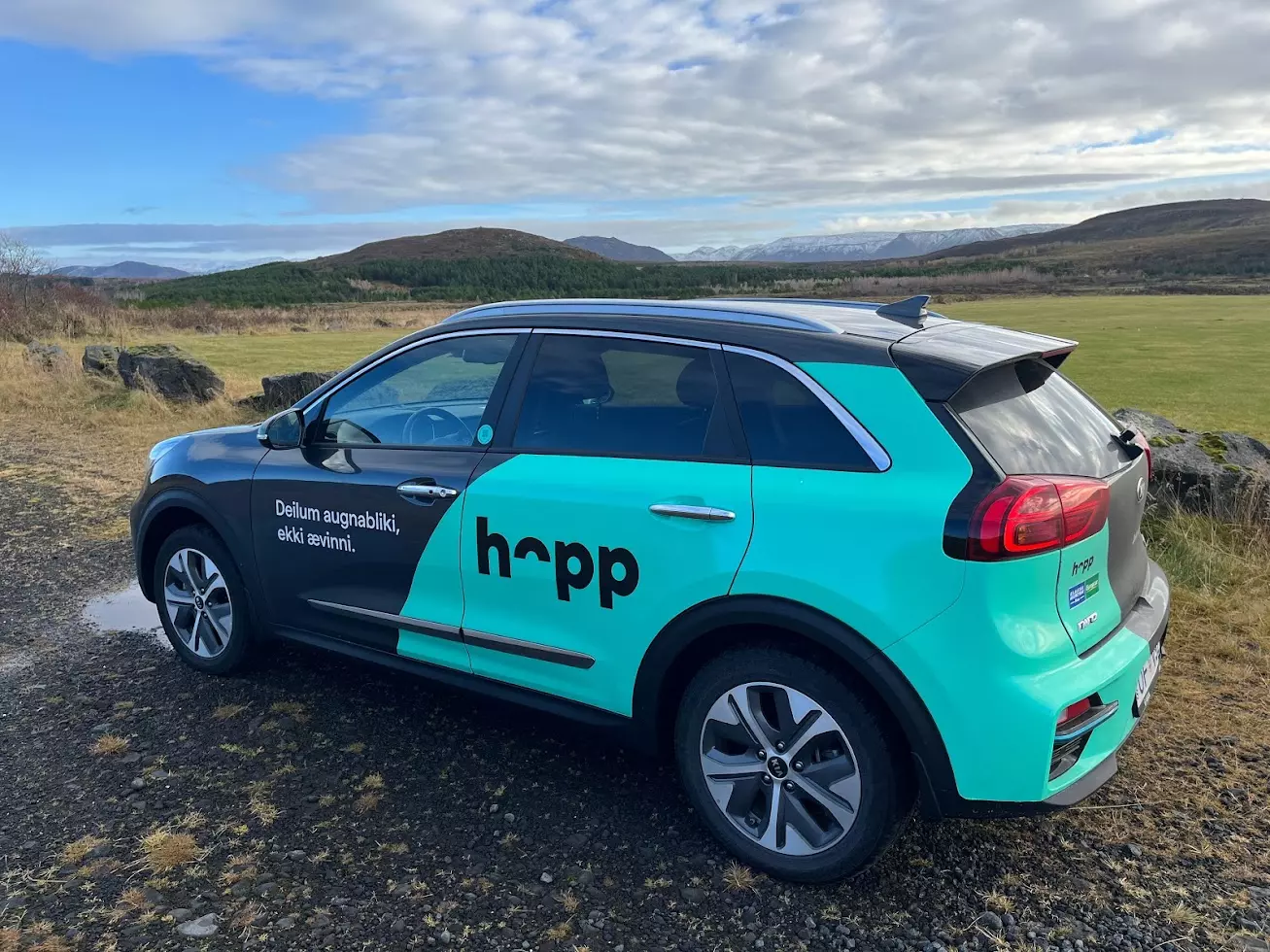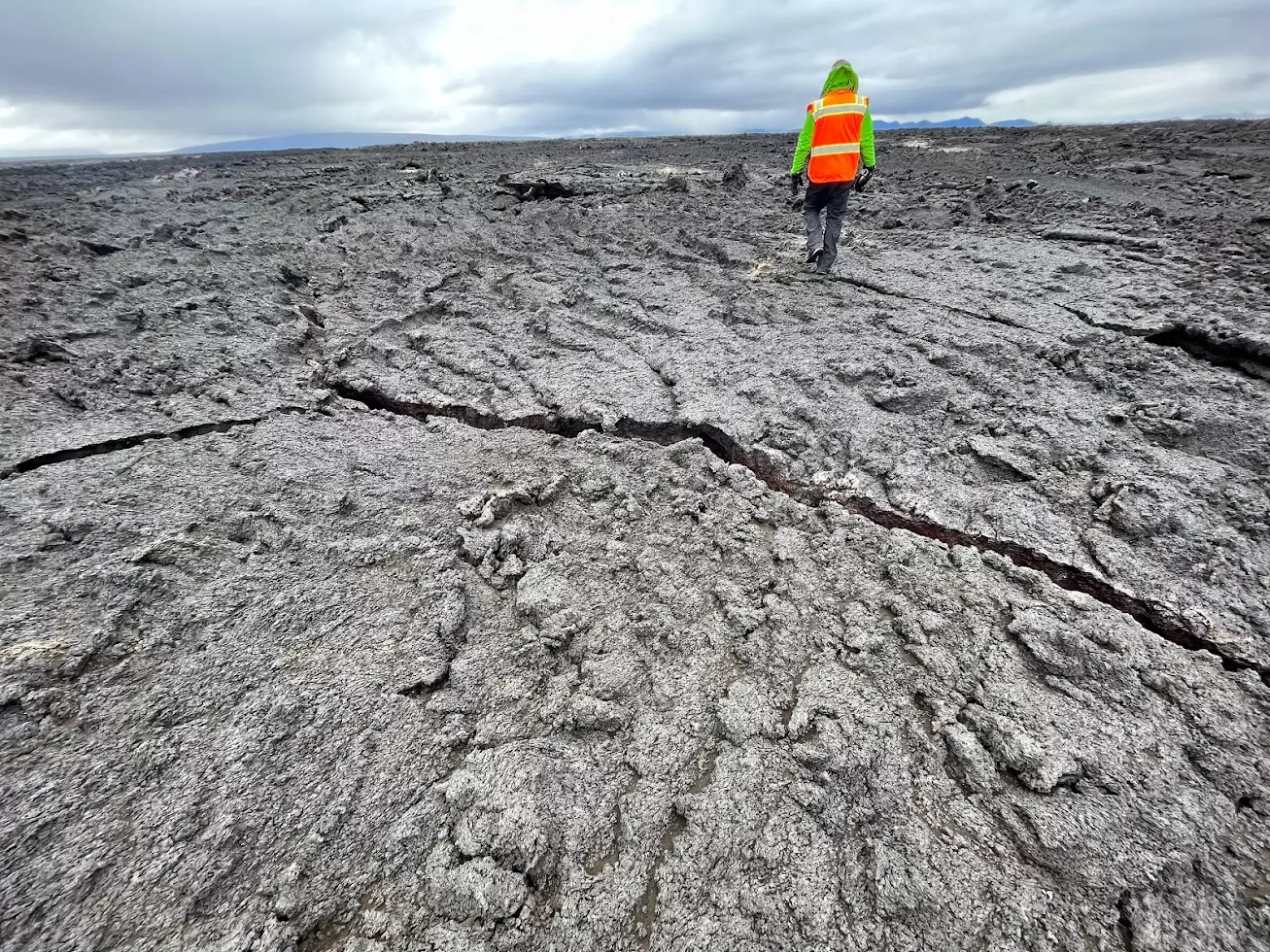Reykjavik University is a no-fly zone!
A quick glance at the map shows why Reykjavik University (shown here in Icelandic as Háskólinn í Reykjavík) is very close to Reykjavik Airport. This is not the international airport you are likely to fly into when coming to Iceland - that one is about an hour’s drive northwest in Keflavik. However, it has a lot of local traffic, and the university is directly in the path of aircraft that are taking off and landing. The result of this is that Reykjavik University is squarely in a no-fly zone for drones, meaning that testing drones at the university must only be done indoors.

This meant that until recently, I (without a car) could not conduct drone research outdoors. However, Iceland has an app-based electric car rental service called Hopp Car that I have been using since recently to get to Hafnarfjörður (referred to as Hoppnarfjörður because that’s the only way I ever get there), and Joe Foley is graciously paying for this travel expense. The result is that I can test in a lava field regularly, such that I can essentially conduct a sort of analog mission for the intended RAVEN-proposed tasks of autonomously landing a drone on a lava flow.

The testing ground, Bollahraun, is an old lava flow with a small RC airfield and soccer field (should I say football field by now?). This is great because it’s an area that has a flat, friendly testing ground for basic testing, a rough, challenging testing ground for data collection and later testing, and it sees a lot of small UAV traffic. Here you can see an overview of the place using an old Phantom 3 donated by Christopher Hamilton.
Bollahraun means something like “cup lava,” and it is apparently named that way because of the (sort of) circular pits that appear all over it. While it’s not a young lava flow like Holuhraun or the one from the new volcano in Méradalir, it still provides good data and is easily accessible from the university. As my PhD topic is autonomous landing, I hope to develop a real-time terrain analysis solution for autonomous landing in lava fields (as inspired by RAVEN’s ambitions). Bollahraun appears quite different in its textures and colors from a place like Holuhraun, but I hope that the concepts involved in finding safe landing sites in both places should be similar enough that a solution developed at Bollahraun should translate to Holuhraun with a non-painful amount of effort. Holuhraun appears as below (taken from one of the lava walks in Summer 2022).
